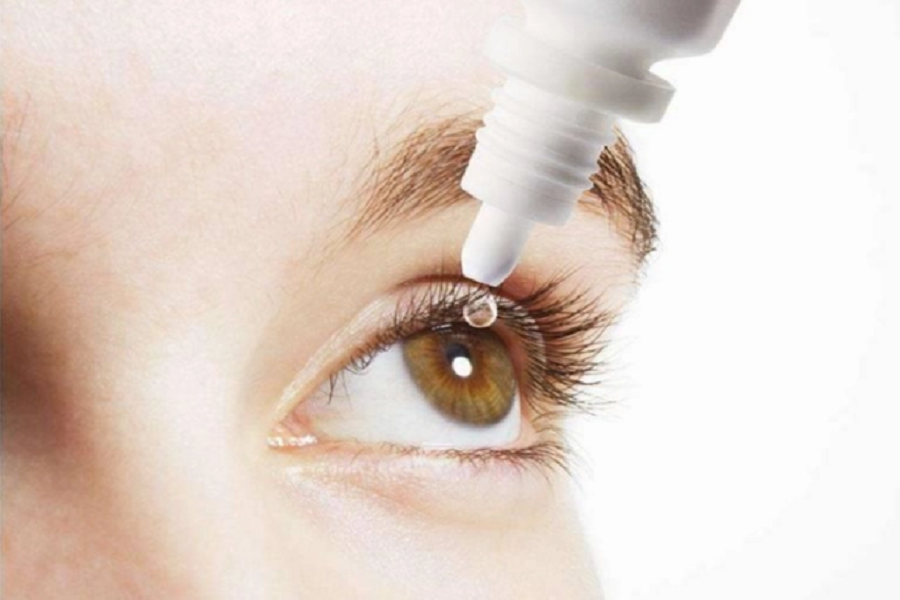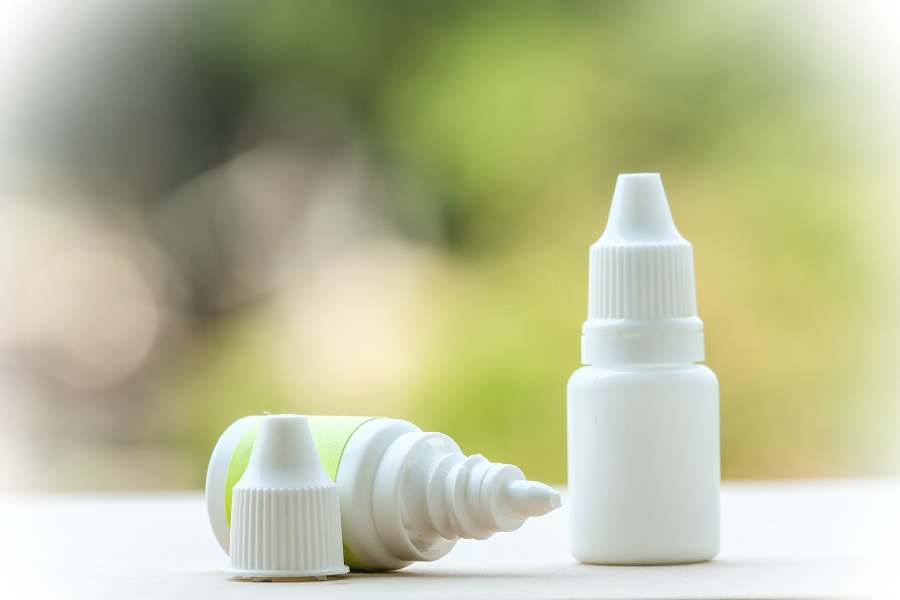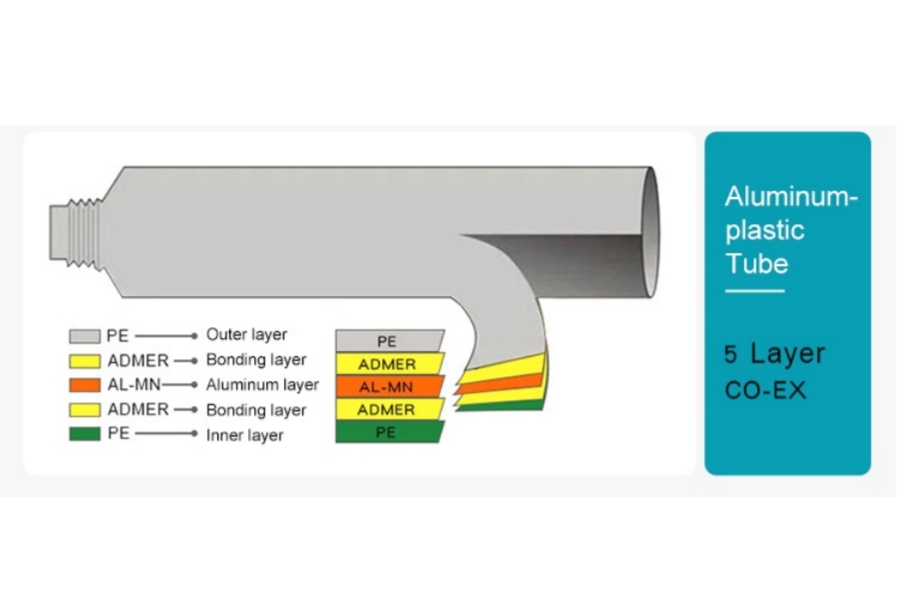Glass packaging is highly common for use in the pharmaceutical industry. They offer an abundance of benefits, which are essential for the longevity, concentration, and safety of what is stored inside.
What Is Type I Glass?
It is made up of 80%silica, 10% of boric oxide, and small quantities of both sodium oxide and aluminium oxide.
All type I glass containers are suitable for both parenteral and non-parenteral preparations.
What Is Type II Glass?
Type II glass containers are very similar to type III glass, so much so that they are considered as modified type III glass containers.
The difference between type II and type III glass containers is that the inside of type II containers is treated with sulfur.
The difference between type II and type I glass containers is that type II glass has a lower melting point. They are great at protecting the contents from weathering. However, type II glass is much easier to mould yet less likely to withstand hot environments.
The easy-to-mould glass makes it suitable for storing neutral aqueous and acidic chemicals.
What Is Type III Glass?
Type III glass is made up of 75% silica, 15% sodium oxide, and 10% calcium oxide. The remaining 5% of the glass consists of small amounts of magnesium, potassium, and aluminium oxides. The use of these small quantities helps the glass become more versatile. The aluminium oxide benefits the glass as it improves its chemical durability. Meanwhile, the magnesium oxide helps the glass become easier to mould at lower temperatures.
Type III glasses can be used in parenteral and non-parenteral practices, as well as being suitable for storing aqueous solutions. This type of glass is much more versatile.
For related products, please visit our website:https://www.keynovopack.com/




